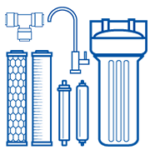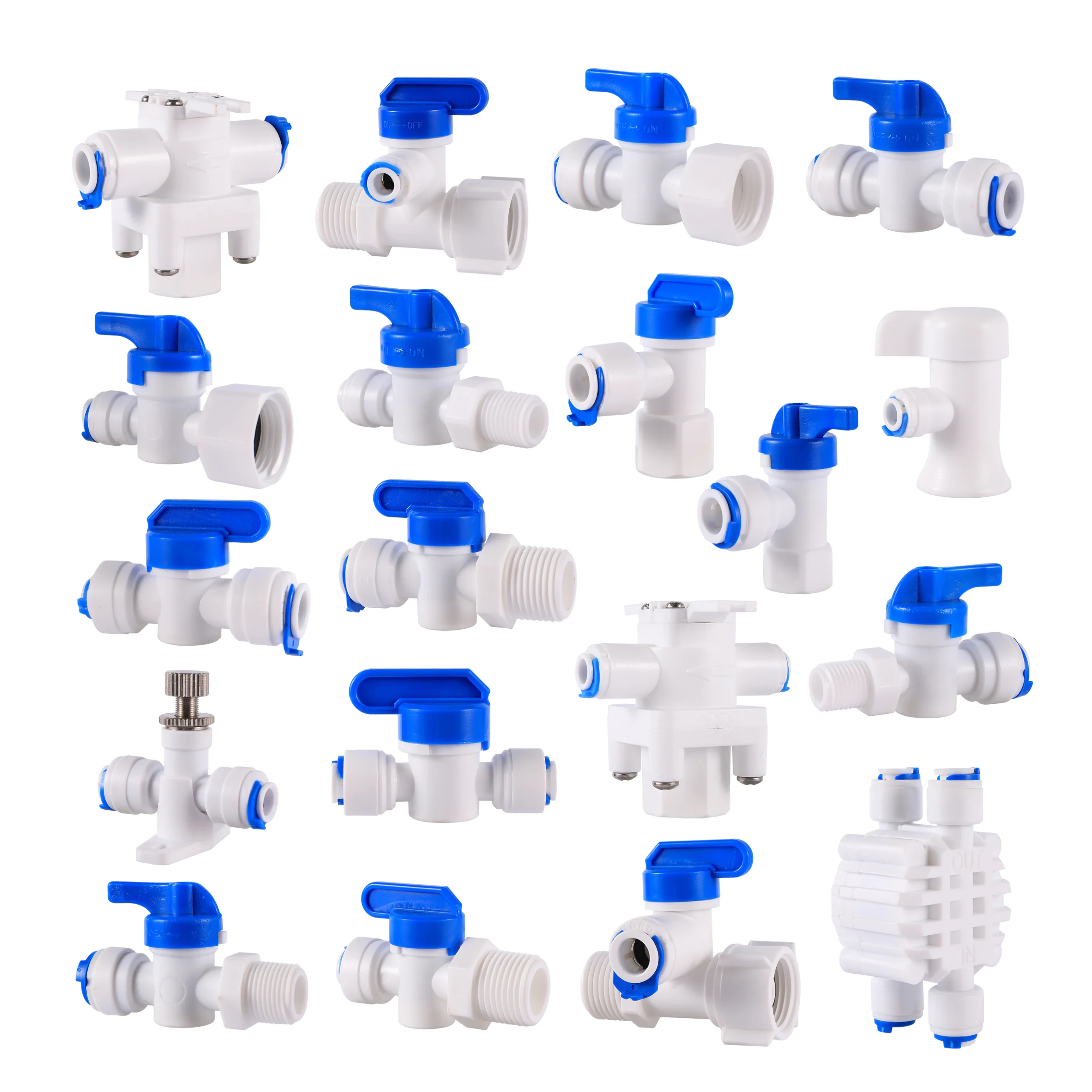General Considerations and Principles (WHO)

The primary purpose of the Guidelines for drinking-water quality is the protection of public health. The Guidelines provide the recommendations of the World Health Organization (WHO) for managing the risk from hazards that may compromise the safety of drinking-water. The recommendations should be considered in the context of managing the risk from other sources of exposure to these hazards, such as waste, air, food and con[1]sumer products.
General considerations and principles
Water is essential to sustain life, and a satisfactory (adequate, safe and accessible) supply must be available to all. Improving access to safe drinking-water can result in tangible benefits to health. Every effort should be made to achieve drinking-water that is as safe as practicable. Safe drinking-water, as defined by the Guidelines, does not represent any significant risk to health over a lifetime of consumption, including different sensitivities that may occur between life stages.
Those at greatest risk of waterborne disease are infants and young children, people who are debilitated and the elderly, especially when living under unsanitary conditions. Those who are generally at risk of waterborne illness may need to take additional steps to protect themselves against exposure to waterborne pathogens, such as boiling their drinking-water.
Safe drinking-water is required for all usual domestic purposes, including drinking, food preparation and personal hygiene. The Guidelines are applicable to packaged water and ice intended for human consumption. However, water of higher quality may be required for some special purposes, such as renal dialysis and cleaning of contact lenses, or for certain purposes in food production and pharmaceutical use. The Guidelines may not be suitable for the protection of aquatic life or for some industries.
Diseases related to contamination of drinking-water constitute a major burden on human health. Interventions to improve the quality of drinking-water pro[1]vide significant benefits to health
The Guidelines are intended to support the development and implementation of risk management strategies that will ensure the safety of drinking-water supplies through the control of hazardous constituents of water. These strategies may include national or regional standards developed from the scientific basis provided in the Guidelines.
The Guidelines describe reasonable minimum requirements of safe practice to protect the health of consumers and derive numerical “guideline values” for constituents of water or indicators of water quality. When defining mandatory limits, it is preferable to consider the Guidelines in the context of local or national environ[1]mental, social, economic and cultural conditions.
The Guidelines should also be part of an overall health protection strategy that includes sanitation and other strategies, such as managing food contamination. This strategy would also normally be incorporated into a legislative and regulatory framework that adapts the Guidelines to address local requirements and circumstances.
The main reason for not promoting the adoption of international standards for drinking-water quality is the advantage provided by the use of a risk benefit approach (qualitative or quantitative) in the establishment of national standards and regulations. Further, the Guidelines are best used to promote an integrated preventive management framework for safety applied from catchment to consumer.
The Guidelines provide a scientific point of departure for national authorities to develop drinking water regulations and standards appropriate for the national situation. In developing standards and regulations, care should be taken to ensure that scarce resources are not unnecessarily diverted to the development of standards and the monitoring of substances of relatively minor importance to public health. The approach followed in these Guidelines is intended to lead to national standards and regulations that can be readily implemented and enforced and are protective of public health.
The nature and form of drinking-water standards may vary among countries and regions. There is no single approach that is universally applicable. It is essential in the development and implementation of standards that the current or planned legislation relating to water, health and local government is taken into account and that the capacity of regulators in the country is assessed. Approaches that may work in one country or region will not necessarily transfer to other countries or regions. It is essential that each country review its needs and capacities in developing a regulatory framework.
The judgement of safety or what is an acceptable level of risk in particular circumstances is a matter in which society as a whole has a role to play. The final judgement as to whether the benefit resulting from the adoption of any of the Guidelines or guideline values as national or local standards justifies the cost is for each country to decide.
Although the Guidelines describe a quality of water that is acceptable for lifelong consumption, the establishment of these Guidelines, including guideline values, should not be regarded as implying that the quality of drinking-water may be degraded to the recommended level. Indeed, a continuous effort should be made to maintain drinking-water quality at the highest possible level.
An important concept in the allocation of resources to improving drinking-water safety is that of incremental improvement towards long-term health-based targets. Priorities set to remedy the most urgent problems (e.g. protection from pathogens) may be linked to long-term targets of further water quality improvements (e.g. improvements in the acceptability of drinking-water in terms of its taste, odour and appearance).
An important concept in the allocation of resources to improving drinking-water safety is that of incremental improvement towards long-term water quality targets.


 Yedek Parçalar
Yedek Parçalar